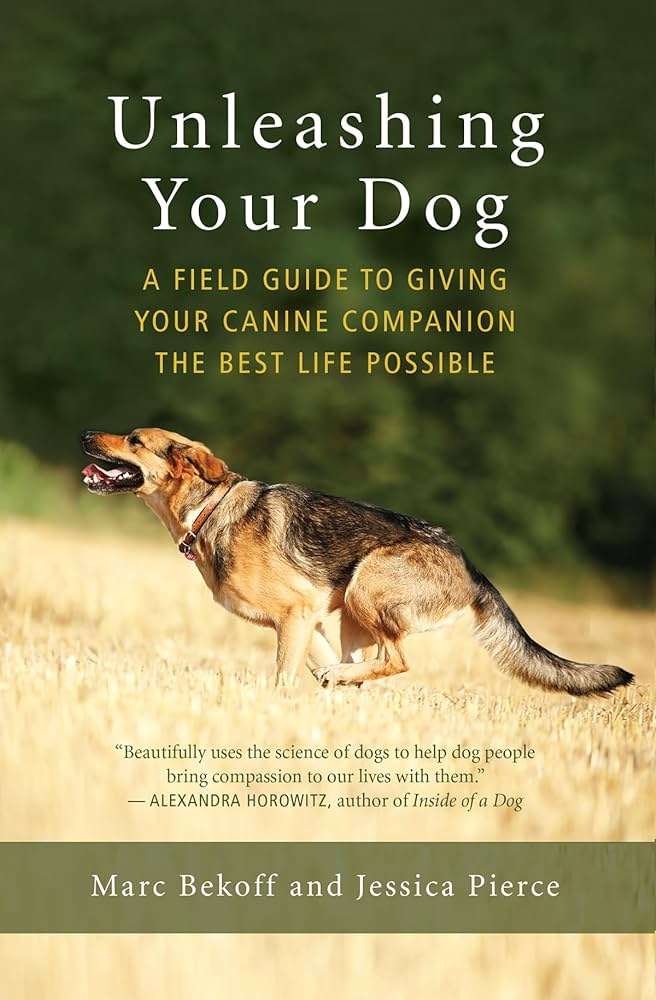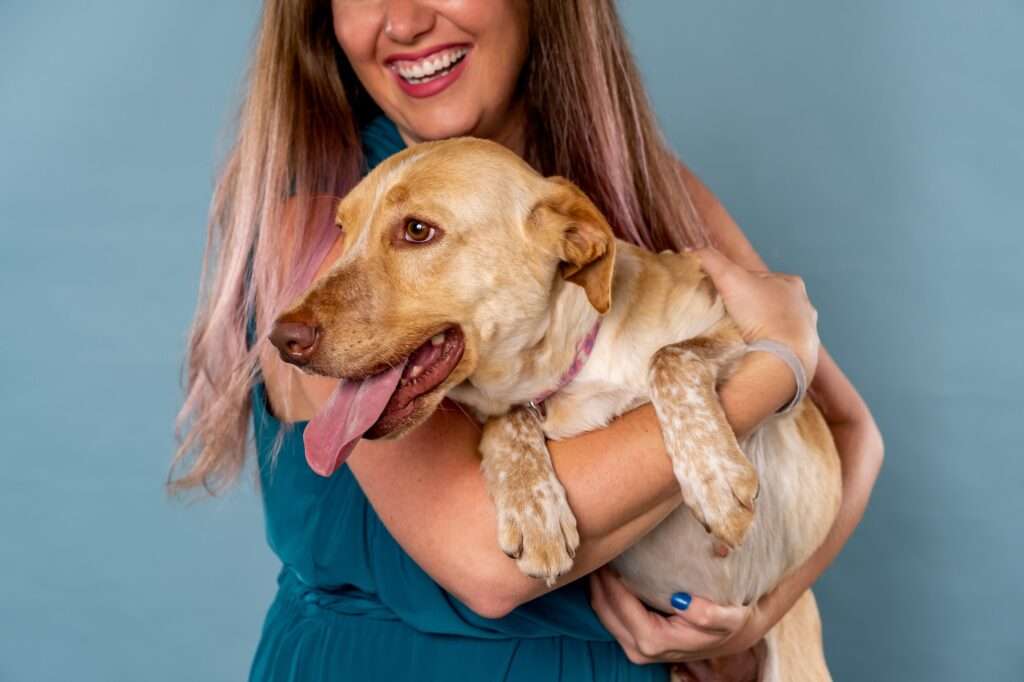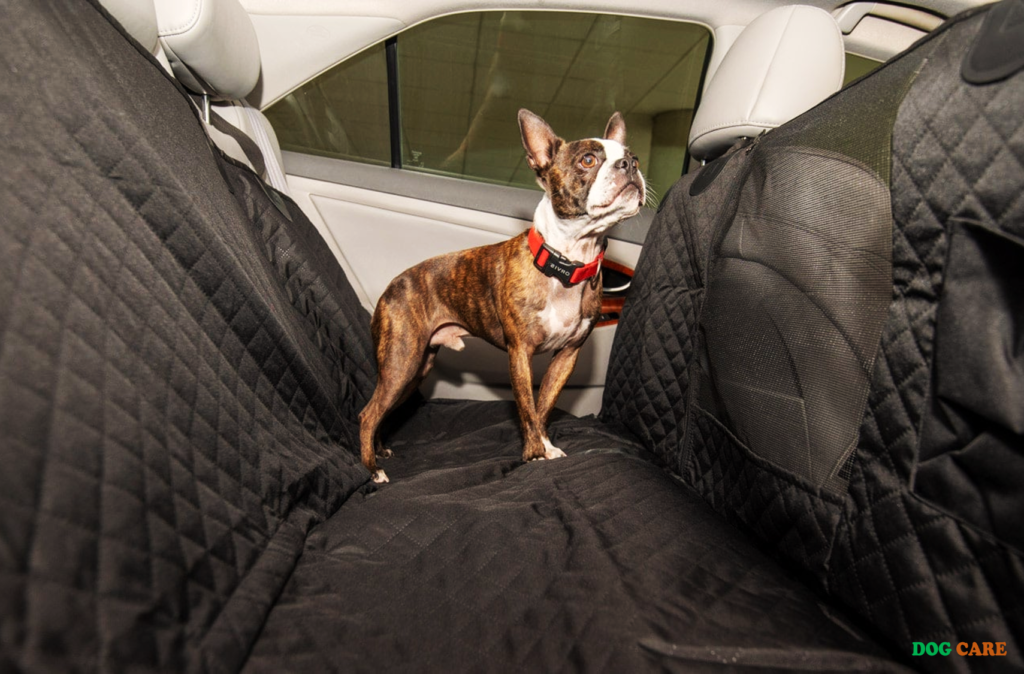Signs Your Dog is Dying of Old Age can include a loss of appetite, decreased energy, and difficulty walking or moving around. As dogs age, their bodies go through natural changes that can affect their overall health and well-being.
It’s important to be aware of these signs so you can provide the necessary care and support for your aging dog in their final stages of life. While it can be difficult to witness your beloved pet declining, knowing what to look for can help you provide comfort and make informed decisions about their care.
We will discuss some common signs that indicate your dog may be nearing the end of their life due to old age.
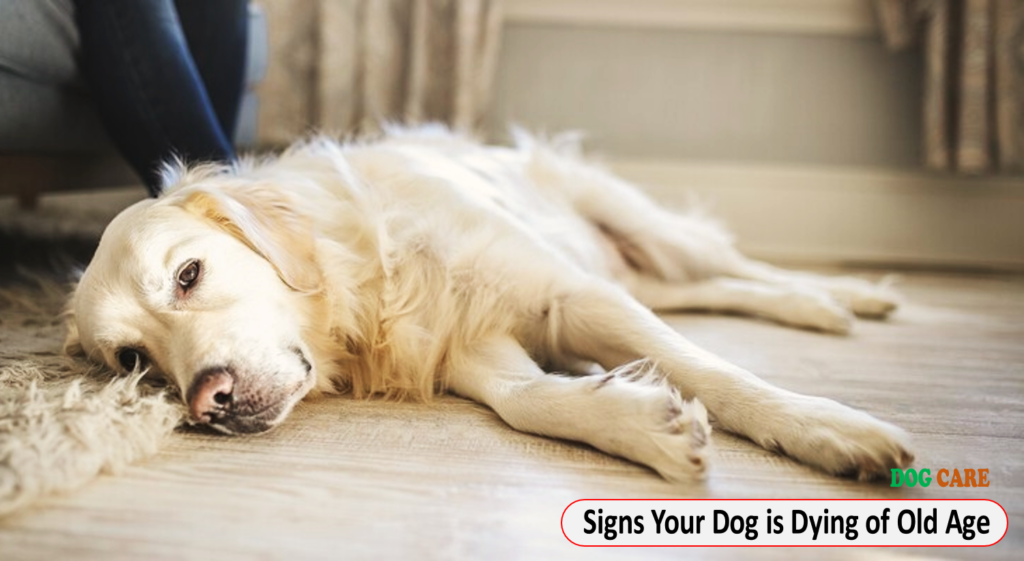
Recognizing Signs Of Aging In Dogs
As our furry companions grow older, it is important for us to be aware of the signs that may indicate their age is catching up with them. Being vigilant and recognizing these signs can help us provide the necessary care and support as our beloved dogs navigate their senior years. Two key areas to focus on are their eating and drinking habits, as well as their mobility. Let’s delve into each of these areas to better understand the signs of aging in our dogs.
Changes In Eating And Drinking Habits
When it comes to our senior dogs, changes in their eating and drinking habits can be indicative of their age catching up with them. It is important to pay attention to any noticeable differences, as these changes may be subtle and can easily be overlooked.
- Loss of appetite: If you notice that your dog is eating less or showing decreased interest in food, it may indicate a decline in their overall health. It’s essential to monitor their mealtime behavior closely.
- Weight loss or gain: Significant weight loss or gain can be a cause for concern. Dogs who are not consuming enough food may experience weight loss, while those who are less active may gain weight. Be sure to monitor their body condition regularly.
- Increased water consumption: Older dogs may have an increased need for water due to certain medical conditions or medications. If you observe excessive thirst or frequent trips to the water bowl, it’s important to consult with your veterinarian.
- Changes in food preferences: Your dog may develop changes in taste or experience difficulty chewing as they age. Keep an eye out for any sudden aversions to certain foods or difficulty eating hard kibble.
Loss Of Mobility – Signs Your Dog is Dying of Old Age
As dogs age, it’s natural for them to experience a decline in their mobility. Paying attention to any changes in their ability to move around can help you identify whether your dog is showing signs of aging.
- Difficulty rising or lying down: If you notice that your furry friend is struggling to get up or lie down, it may be due to joint stiffness or pain associated with aging, arthritis, or other musculoskeletal conditions.
- Limping or favoring certain limbs: Dogs with joint or muscle problems may exhibit limping or favoring one leg more than the others. This could be a sign of joint inflammation or injury.
- Reduced overall activity: Aging dogs may become less active and energetic, choosing to rest more often than they used to. If you notice a significant decrease in their activity level, it could be a sign of age-related fatigue or discomfort.
- Difficulty climbing stairs or jumping: If your dog has difficulty navigating stairs or seems hesitant to jump onto furniture as they once did, it could be a sign of declining mobility or joint pain.
Recognizing these signs of aging in your beloved dog is crucial for providing them with the care and support they need during their senior years. By being attentive to changes in their eating and drinking habits, as well as their overall mobility, you can ensure their comfort and well-being throughout their golden years.
Behavioral Changes In Senior Dogs
As dogs age, they go through various changes that may indicate they are in the final stages of their life. Recognizing these signs is essential in order to provide the best care and support for your senior furry friend. One way to identify possible end-of-life symptoms is to closely assess your dog’s behavior.
In this section, we will discuss two common changes you may observe in your senior dog: increased sleep and sluggishness, as well as a loss of interest in activities and social interaction. Understanding these behavioral shifts can help you make informed decisions about your dog’s well-being and quality of life.
Increased Sleep And Sluggishness
One of the noticeable behavioral changes in senior dogs is an increase in sleep time and general sluggishness. As dogs age, their energy levels naturally decrease, and their need for rest and relaxation increases. You may observe your dog spending more time napping or sleeping throughout the day, even after getting an adequate amount of sleep at night. It is important to note that older dogs typically require more sleep compared to their younger counterparts.
Additionally, you may notice that your senior dog moves at a slower pace and exhibits less interest in physical activities. Simple tasks that were once easy for them might become more challenging. This can be due to the natural wear and tear on their joints or age-related conditions like arthritis. If you notice a significant decrease in your dog’s overall activity level and they seem more lethargic on a daily basis, it may be a sign that they are nearing the end of their life.
Loss Of Interest In Activities And Social Interaction
Another behavioral change commonly seen in senior dogs is a loss of interest in activities and social interaction. Your dog may start to withdraw from their favorite games, toys, or walks that once brought them joy. They may show disinterest in engaging with other dogs or humans, preferring to spend more time alone in a quiet corner.
This loss of interest can be attributed to various factors, such as declining senses, discomfort, or even mental health issues. It is crucial to monitor your dog’s behavior for any sudden shifts in their social interactions, as it may be an indication that their overall quality of life is declining. Offering them gentle companionship and providing a calm and comforting environment can help ease their transition during this delicate stage of their life.
Physical Symptoms Of Aging In Dogs
As our beloved furry friends grow older, their bodies go through natural changes just like humans do. It can be difficult to watch our dogs age, but being aware of the physical symptoms associated with old age can help us provide them with the care and comfort they need. In this section, we will explore the common signs of aging in dogs, focusing on three important aspects: weight loss or gain, deteriorating coat and skin condition.
Weight Loss Or Gain
One of the telltale signs that your dog is aging is weight loss or gain. Just like humans, dogs may experience changes in their metabolism and appetite as they get older. It’s important to keep an eye on your dog’s weight and monitor any drastic changes. Significant weight loss could be a sign of an underlying health issue, such as organ dysfunction or dental problems. On the other hand, weight gain can be related to a decrease in physical activity or an imbalance in their diet.
Deteriorating Coat And Skin Condition
Another physical symptom of aging in dogs is a deteriorating coat and skin condition. You may notice that your dog’s fur becomes dull, thin, or discolored. Their skin may become dry, flaky, or develop sores. These changes can be attributed to a decrease in the production of natural oils, decreased circulation, or a weakened immune system. Regular grooming and a balanced diet can help improve your dog’s coat and skin condition to some extent, but it’s important to consult with your veterinarian if you notice any concerning changes.
In conclusion, paying attention to the physical symptoms of aging in dogs is crucial in ensuring their well-being and comfort. By monitoring their weight and keeping an eye on their coat and skin condition, we can better understand their needs and provide them with the necessary care and support. Remember, age is just a number, and with the right care and attention, our senior dogs can continue to enjoy a happy and fulfilling life.
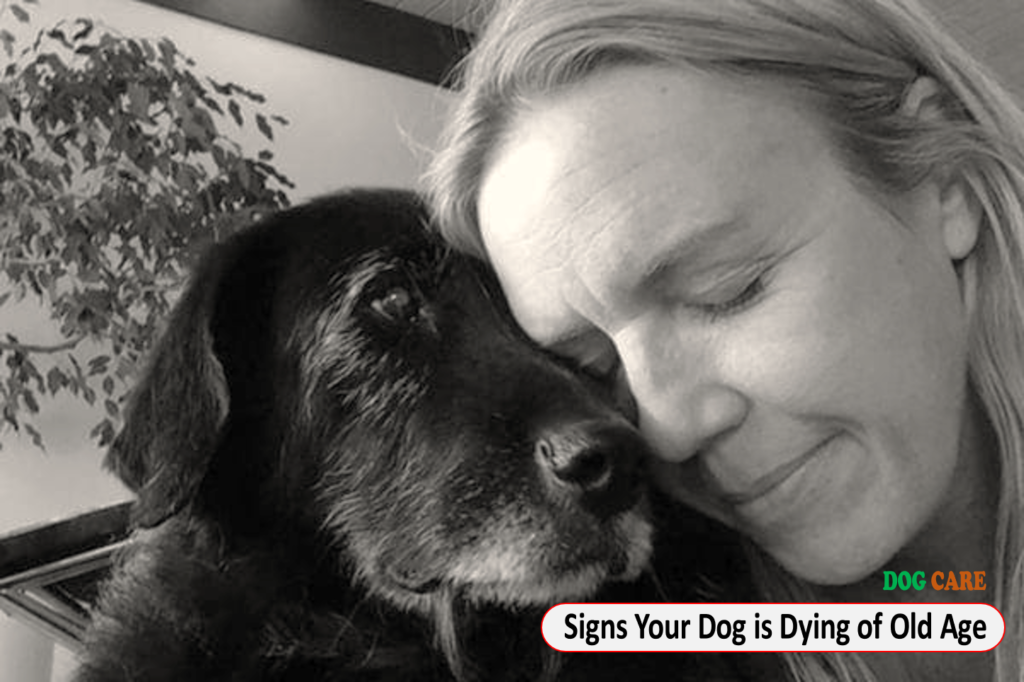
Health Issues Associated With Old Age
As dogs age, they are prone to various health issues. Recognizing the signs of your dog approaching the end of its life due to old age is crucial for providing appropriate care and support during this difficult time.
Old age is a stage of life that affects not only humans but also our beloved furry friends. As dogs grow older, they experience several health issues related to their age. Being aware of these issues can help pet owners provide the necessary care and support for their aging dogs. Here are some common health problems associated with old age in dogs:
Arthritis
Arthritis is a degenerative joint disease that affects many older dogs. It is characterized by the inflammation of the joints, causing pain, stiffness, and reduced mobility. As dogs age, their joints naturally deteriorate, leading to the development of arthritis. Obesity, previous injuries, and certain dog breeds are also risk factors for this condition.
To help manage arthritis in senior dogs, there are several approaches pet owners can take. Firstly, maintaining a healthy weight for their dog is crucial to alleviate stress on the joints, so they may need to adjust their pet’s diet and exercise routine accordingly. Providing comfortable bedding and avoiding hard surfaces can also help reduce joint discomfort. Additionally, there are medications and supplements available that can alleviate pain and improve mobility. It’s essential to consult with a veterinarian to determine the best course of action for your dog.
Dental Problems
Just like humans, dogs can also encounter dental issues as they age. Poor oral hygiene can lead to gum disease, tooth decay, and painful infections. Older dogs may have weakened immune systems, making them more susceptible to dental problems. Unfortunately, dental issues can be difficult to detect in dogs, as they are experts at hiding their pain.
Regular dental care is crucial to prevent dental problems in older dogs. Daily tooth brushing with dog-friendly toothpaste, as well as providing dental treats and toys, can help keep their teeth and gums healthy. Regular check-ups with a veterinarian are also essential for monitoring dental health and scheduling professional cleanings when necessary. Proper dental care can contribute to the overall well-being of your aging dog.
Frequently Asked Questions Of Signs Your Dog Is Dying Of Old Age
How Do You Know If Your Dog Is Dying Of Old Age?
If your dog shows signs of decreased appetite, lethargy, chronic pain, and difficulty walking, it may be nearing the end of its life.
Can Old Age Cause Dogs To Stop Eating?
Yes, as dogs age, their appetite may decrease due to a variety of factors such as dental issues, loss of smell, or organ dysfunction.
Why Is My Dog Having Difficulty During Walks?
As dogs age, they may experience joint pain, arthritis, or muscle weakness, which can make walking more challenging for them.
What Are Signs Of Chronic Pain In Old Dogs?
Limping, reluctance to climb stairs, difficulty getting up or lying down, and irritability are common signs of chronic pain in older dogs.
Is It Normal For An Elderly Dog To Sleep More?
Yes, it is normal for older dogs to sleep more as their energy levels decrease, and their bodies require more rest for rejuvenation.
Conclusion
Recognizing the signs of your dog’s decline in old age is crucial for providing the right care and support. By observing their behavior, appetite, and energy levels, you can gain a better understanding of their overall health. Remember, it is essential to consult with a veterinarian for a proper diagnosis.
Ensuring your beloved pet receives the necessary attention and care during their final years will help them age gracefully and comfortably.
